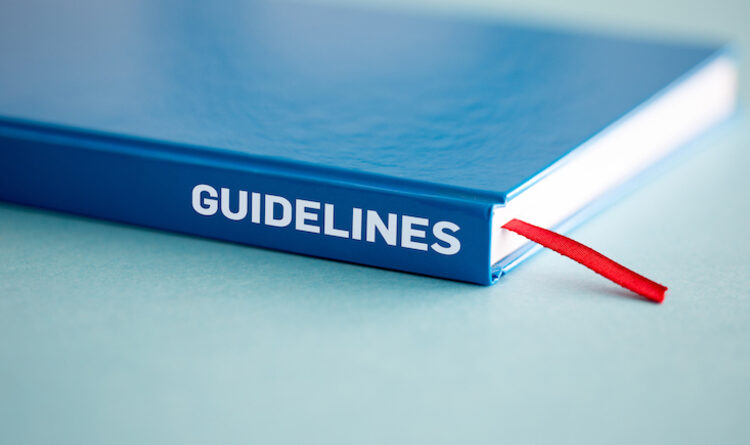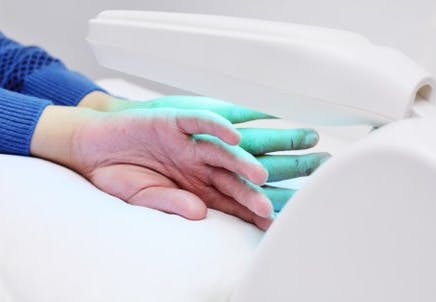The Meaning, Significance, and New Guidelines of Newborn Jaundice
Do not freak out if your newborn appears a little yellow in the early days of life. You and your infant are not alone.

Newborn jaundice, the term for that yellowish tint, is extremely prevalent. In actuality, most newborns experience it. And for the most part, it is quite normal, even helpful. However, in a few infants, jaundice may indicate a more serious problem. Therefore, parents should be aware that a hint of gold is not always a reason for alarm.
Here is all the information you require regarding newborn jaundice in 2025, including what the updated medical guidelines advise and how to remain composed, knowledgeable, and ready.
Why Do Babies Get Jaundiced?
Bilirubin, a yellow pigment that is produced when red blood cells degrade, accumulates in newborns and causes jaundice. It is how the body naturally purifies itself. Bilirubin is typically processed by the liver so that it can be eliminated through urine and feces. The liver, however, is still getting used to life outside the womb in newborns; picture it as a brand-new device that has not reached its maximum potential yet.
The problem is that red blood cells, which are more abundant in neonates than in adults, have a shorter lifespan. As the liver is still getting used to its new environment, this means that bilirubin production will increase. The outcome? A gleam of gold.
Typically, jaundice peaks between days two and five and subsides in a week or two. It can mysteriously linger a little longer with breastfed newborns, but experts say this is typical and not dangerous.
As an antioxidant, bilirubin may even help newborns fight off illnesses during their most vulnerable and early days.
When Jaundice Turns Into a Concern
Rarely, jaundice can develop into something more than a benign glow. A disease known as kernicterus can develop in a baby if bilirubin levels become excessively high. Although it affects less than 1% of babies, it is extremely rare, which is why close observation is necessary.
A baby may be more susceptible to elevated bilirubin levels for a number of reasons:
Poor feeding or dehydration (particularly in breastfed infants where latch problems are invisible)
Blood type mismatch (mother and child's incompatibility with Rh or ABO)
Early birth (since the liver might not be as prepared to eliminate bilirubin)
Birth injuries, such as cephalohematomas or bruises
Intestinal or liver disorders
Genetic disorders (such as Crigler-Najjar, Gilbert syndrome, or G6PD deficiency)
East Asian babies are more likely to have elevated bilirubin levels due to their ethnicity.
Significant jaundice in siblings in the family history
What Are Said in the New Guidelines?

Early detection and prevention are the main goals of the most recent medical guidelines for neonatal jaundice. Parents and pediatricians are now urged to perform the following:
During pregnancy, look up the mother's blood type and antibodies. In the event of a mismatch, the newborn can be subject to closer observation.
Examine each baby's risk factors, including blood type, bruising, gestational age, ethnicity, family history, and the onset of jaundice.
Using a straightforward, noninvasive method, measure the baby's bilirubin between 24 and 48 hours of age, or earlier if they seem yellow or are leaving early.
Assure assistance with feeding. A healthy diet increases the likelihood that a newborn will effectively get rid of bilirubin.
Make an appointment for a follow-up either a few days after delivery or prior to discharge. Even if everything appears to be going well, parents, do not skip this; it is crucial.
How Can Jaundice in Newborns Be Treated?
The majority of the time, no treatment is even required. Phototherapy is the preferred treatment, however, if bilirubin levels begin to rise into concerning ranges.
A Mild, Light-Based Therapy: Phototherapy

This entails either wrapping the infant in a light-up blanket or exposing them to special blue lights. Bilirubin is broken down by the light, allowing the baby's body to get rid of it more quickly. Some babies even fall asleep through it, proving that it is safe, effective, and surprisingly calming.
Feeding Is Important, Too
Bilirubin is expelled through the stool and urine with the aid of feeding. Parents are urged to:
8 to 1 times a day, breastfeed or bottle feed
Every 24 hours, keep an eye out for at least six wet diapers.
See if the stool's color changes from tarry and black to yellow and "seedy"
A blood exchange transfusion may be required in extremely rare, serious cases where the bilirubin level is dangerously high, however this is extremely rare.
What (both literally and figuratively) should parents bring home?
Prior to being discharged from the hospital, you ought to get:
Information about jaundice in writing
The results of your baby's bilirubin test
A well-defined strategy for aftercare
Pay special attention to your baby's color once you get home, especially if they have darker skin, as yellowing may be more difficult to spot.
Expert advice: Gently press for a few seconds on your baby's nose, chest, or forehead, then let go. Jaundice may be the cause if the skin appears yellow rather than pale in that area.
In conclusion, jaundice is not your enemy.
A small amount of yellow does not indicate a problem. The majority of infant jaundice instances are benign, transient, and even protective. However, by remaining aware and following your pediatrician's instructions, you can discover any major issues before they become problems.
Jaundice is therefore natural, but as a parent, you must be extremely vigilant. Although the radiance will eventually fade, your confidence need not.
What's Your Reaction?




















